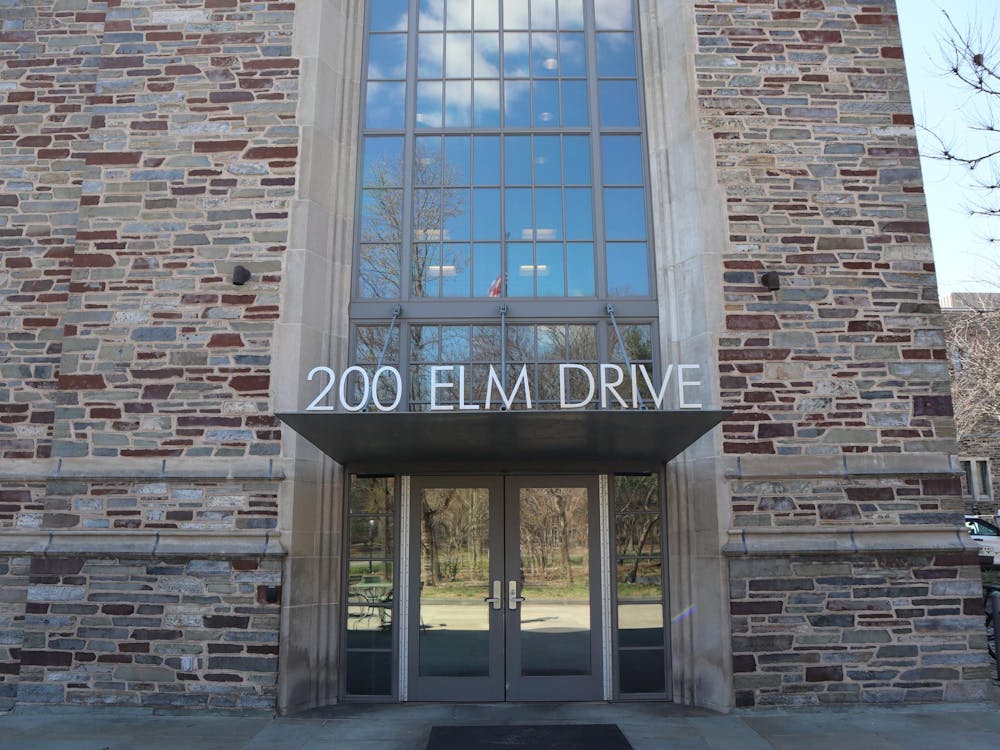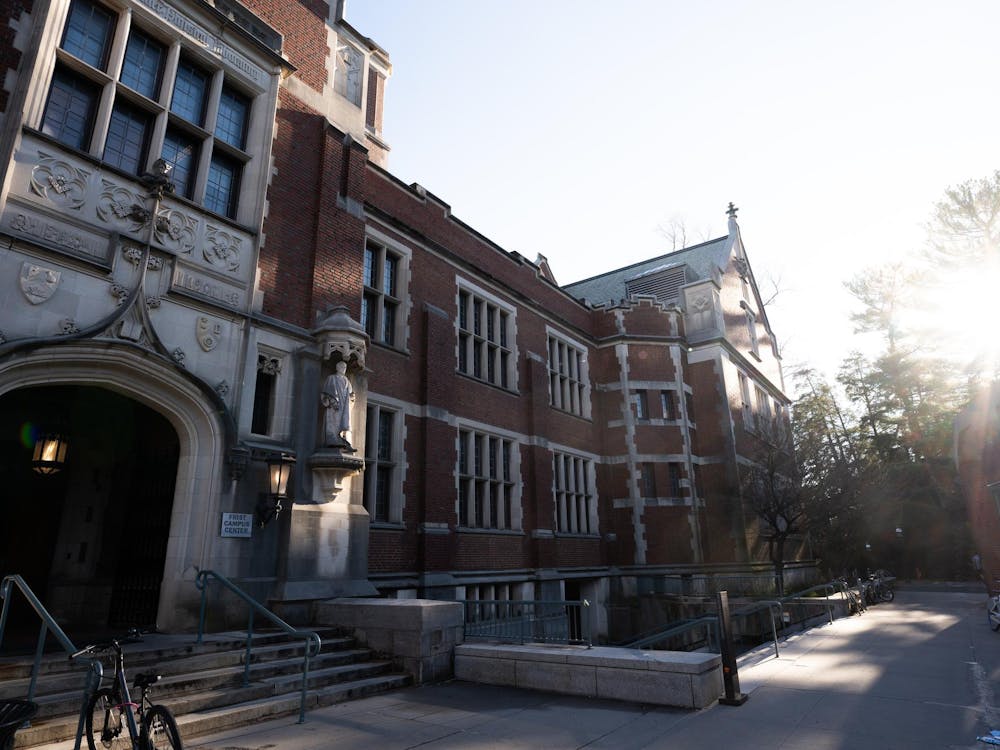A Saturday morning task force meeting on the Princeton community's transit needs presented preliminary possibilities for replacing the Dinky Line —Princeton’s 173-year-old artery to New Jersey Transit's Northeast Corridor —with a more modern transit system in the long-term future.
The train line has been the subject of contentious community debate over the past few years.
Should the Dinky ever be replaced by a more modern transit system, itcould be converted into a streetcar or a light rail line, according to the study team. This line could run all the way fromPrinceton Junction to Nassau Street, as allowed under an agreement that the University made with the town in 2011.
A study committee co-funded by the University and the town of Princeton has hired URS toevaluate the most effective possibilities for a “one-seat ride” — a direct rail or bus connection from Princeton Junction to Nassau Street — as well as the possibility of a more expansive circulator service with more stops.
A streetcar or light-rail car are two of several possibilities on the table, according toStephen Gazillo,director of transportation planning at theengineering firm URS Corporation, which has been contracted to work on study. Gazillopresented the company’s preliminary findings at a community presentation onSaturday morning.
“Most of the infrastructure, including the track, the overhead wire, all of that could remain in place and be used,” Gazillo said, but a separate maintenance facility would be needed to account for voltage differences.
Although an ultimate decision about the most appropriate transit option has not yet been reached, the bus rapid transit system, or BRT,“works best,” according to Gazillo, as it incorporates off-board fare collection, facilitates transportation for the disabled and can be equipped with a priority signal that would reduce delays at intersections.
However, the bus system will most likely not replace the Dinky, as numerous members of the public, as well as citizens’ groups, have objected to previous proposals to remove it, citing the historical and cultural value of the 173-year-old rail line.
The University owns the Dinky station, Gazillo said, and 50 percent of its passengers are University-affiliated. The school is currently in the process of relocating it 460 feet south to make room for the $330 million Arts and Transit Neighborhood being developed in the Alexander Corridor. The local citizen group Save the Dinky has filed a suit challenging the University’s decision to move the Dinky station, which will be decided by a judge later this month.
“Looks like they can’t win in court, so they're going to try PR,” Tom Coughlin, one of the 82 members of the “Save the Princeton Dinky” Facebook group, wrote on the group's Facebook page in response to Saturday’s meeting.
The Alexander Street University Place Traffic and Transit Task Force formed in 2011,whenthe University made an agreement to split the costs of its assessment with the town. The agreement was negotiated as the University was seeking legal approvals for the Arts and Transit Neighborhood.
In that agreement, the University guaranteed that, if a new transit system were created within the next 65 years, it would granta public right-of-way as far north as Nassau Street. The document mapped a route for the line that would skirt the Arts and Transit Neighborhood.

In addition to the transit study by URS, development consulting firm AECOM Technology Corporation conducted a study of local traffic needs.Both studies have been continuously monitored by a task force of six residents since 2011, including two from the University, director of community and regional affairs Kristin Appelget and director of transportation and parking services Kim Jackson.
According to AECOM’s data, traffic on Alexander Street will more than double by 2027, leading to possible delays of over 17 minutes per vehicle in only five years, AECOM representative Mayuresh Khare explained at the meeting.
“Building your way out of the problem is not going to work in Princeton. You have to figure out context-sensitive solutions,” Khare said, referring to the town’s historically sensitive landmarks and limited space. “There are problems [of congestion] today. With more traffic, those problems are just going to become worse.”
Khare presented four possible “improvement packages” to alleviate particularly congested areas such as Mercer Street, where he suggested creating a pedestrian plaza and limiting certain areas to local traffic. Task force member Patrick Simon noted that all of the current solutions come with tradeoffs.
“There is no free lunch here,” Simon said, noting thatthe proposed solutions will only recirculate traffic, not eliminate it.
Citizens present at the gathering raised concerns about government spending, the transportation of luggage and the conversion of car owners to transit users.
“The only way you’re going to get people out of their cars with public transit is to have a system that works so well, that so approximates what a car would do, that people will say it’s just not worth having a car,” Chip Crider ’79, an engineer and local resident, said at the meeting.He said he supports the development of a personal rapid transit system, which uses separate, automated vehicles to carry up to six passengers to locations on demand.
“The problem is that we’ve got a large faction in town that’s strictly worried about the Dinky as they perceive it now,” Crider said. “The fanciest Dinky in the world isn’t going to make two to three times as many people take it out to Princeton Junction"








